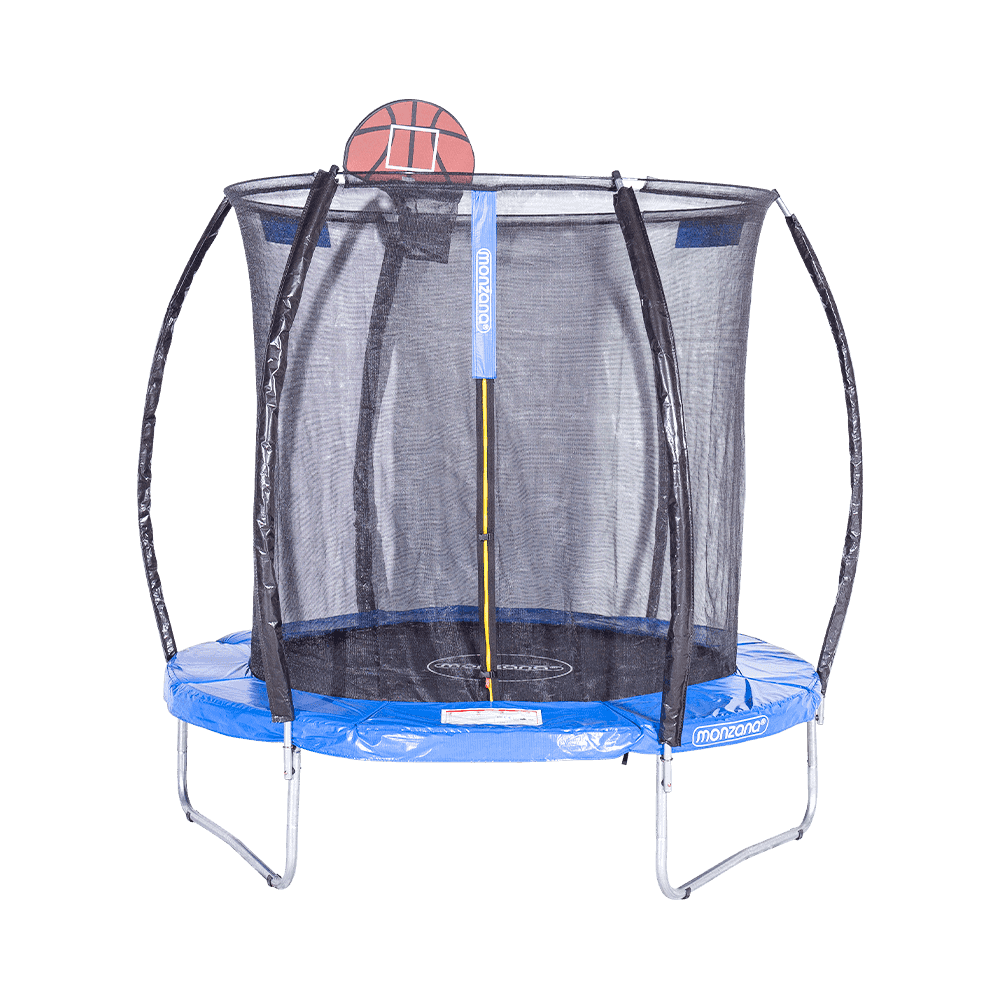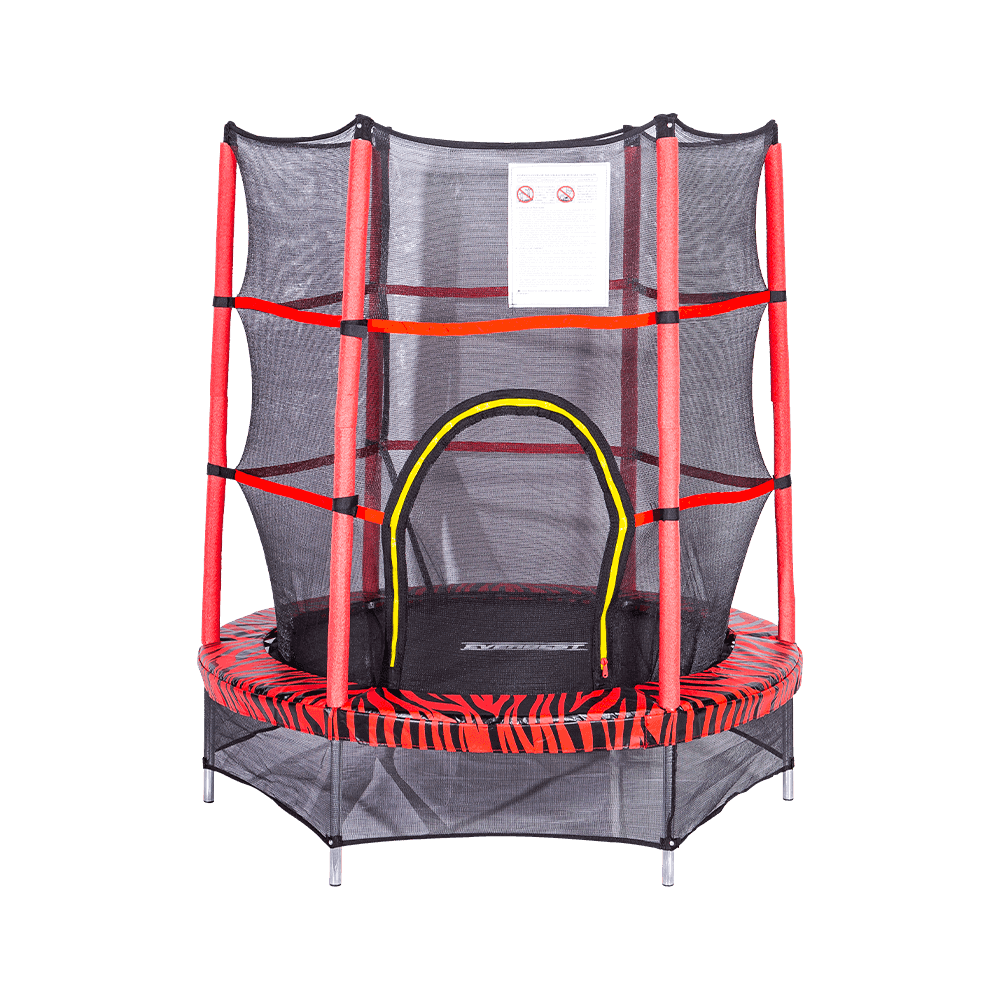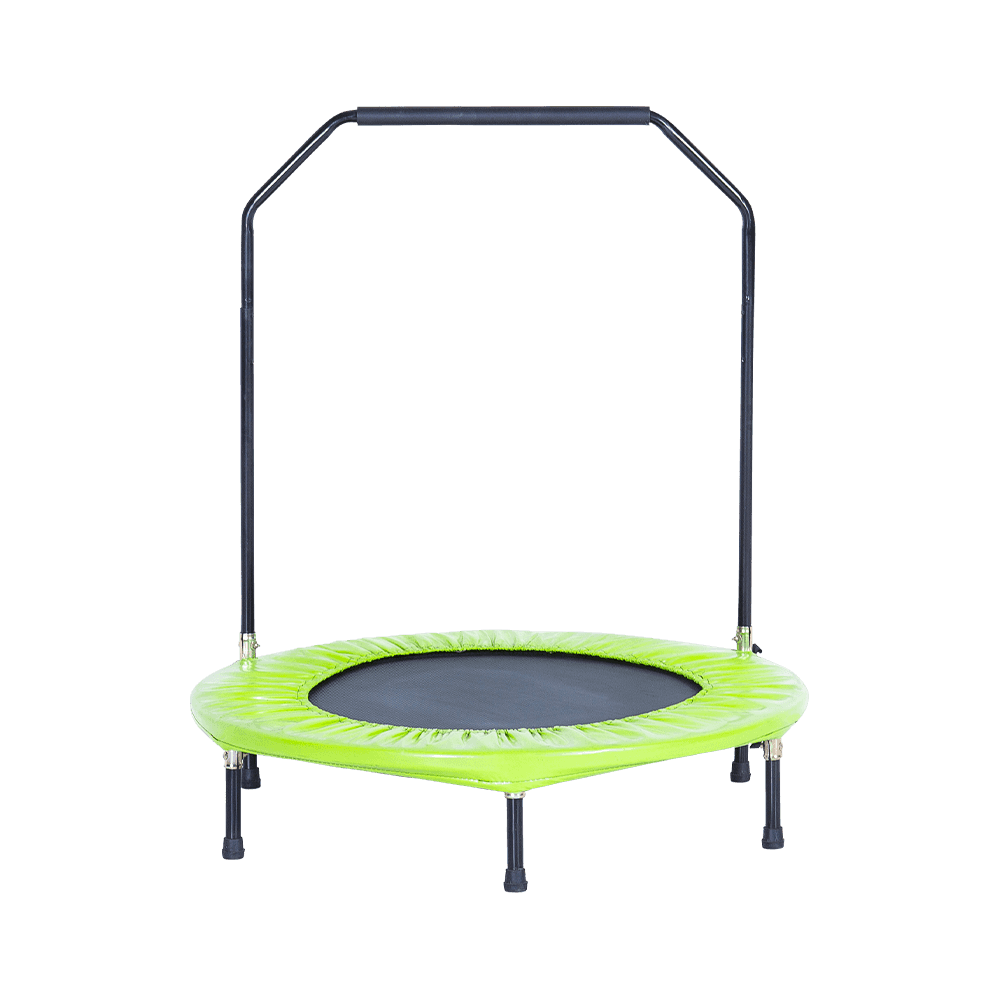How to Maintain the Springs of Round Trampolines
Round trampolines are a source of fun, fitness, and outdoor activity for families and individuals alike. One of the most critical components that ensure a safe and enjoyable experience is the springs. Springs connect the jumping mat to the frame, allowing the trampoline to bounce effectively while absorbing impact. However, like any mechanical part, springs are subject to wear and tear over time. Proper maintenance can extend their lifespan, improve safety, and enhance the performance of your trampoline.
Understanding the Importance of Trampoline Springs
The springs on a round trampoline perform a vital role in creating the bounce that makes trampolines fun. Each spring stretches and contracts with every jump, distributing weight evenly and absorbing shock. If the springs are damaged, stretched, or rusty, it can reduce bounce performance and, more importantly, increase the risk of injuries. Maintaining the springs ensures your trampoline remains safe, functional, and long-lasting.
Regular Inspection
One of the most important aspects of spring maintenance is regular inspection. Ideally, trampoline owners should check the springs every few weeks, especially during periods of frequent use. Here’s what to look for:
- Rust or Corrosion: Springs exposed to rain, snow, or humidity can develop rust. Even small spots of rust can weaken the metal over time.
- Stretching or Deformation: Springs that are permanently stretched or bent can reduce bounce efficiency.
- Missing or Loose Springs: A single missing spring can compromise the trampoline’s stability and increase stress on other springs.
During inspection, it is helpful to wear gloves to protect your hands from sharp edges or minor rust. Carefully check each spring and make a note of any that require replacement.
Cleaning the Springs
Dirt, dust, and debris can accumulate around the springs, affecting their performance. Cleaning the springs helps prevent corrosion and keeps the trampoline functioning smoothly. Here’s a step-by-step method:
- Remove Debris: Use a soft brush or cloth to remove leaves, dirt, or grass caught around the springs.
- Wash Gently: Mix mild soap with water and use a sponge or cloth to wipe down the springs. Avoid harsh chemicals that could damage the metal.
- Dry Thoroughly: Make sure the springs are completely dry before using the trampoline to prevent rust from forming.
For added protection, consider applying a light layer of silicone spray or anti-rust lubricant to the springs. This helps reduce friction, prevents corrosion, and makes future maintenance easier.
Lubrication
Lubrication is often overlooked but plays a significant role in spring longevity. A small amount of lubricant reduces friction between the spring coils and prevents squeaking. Here are some tips:
- Use a silicone-based spray or light machine oil. Avoid heavy oils that can attract dirt and dust.
- Apply a small amount along the length of the spring and work it in by stretching the spring gently.
- Wipe off any excess lubricant to prevent it from dripping onto the mat or frame.
Regular lubrication, especially before and after seasonal changes, can significantly extend the lifespan of your trampoline springs.

Preventing Overstretching
Overstretching is one of the main reasons trampoline springs wear out prematurely. Here’s how to prevent it:
- Limit the number of jumpers: Most round trampolines are designed for one jumper at a time. Multiple jumpers can overstretch springs and increase the risk of accidents.
- Avoid excessive force: Encourage children and adults to jump within a safe range. High-impact jumps can stress the springs unnecessarily.
- Proper assembly: Ensure the springs are attached correctly and evenly distributed around the trampoline. Uneven tension can overstretch certain springs.
By following these precautions, you can minimize unnecessary strain and prolong the life of the springs.
Seasonal Maintenance
Trampolines are often exposed to varying weather conditions, which can accelerate spring wear. Seasonal maintenance is crucial, especially in regions with harsh winters or rainy seasons.
- Winter Care: If possible, disassemble the trampoline and store it indoors during winter. Cold temperatures can make springs brittle, and snow accumulation can overstretch or bend them.
- Rainy Season: Use a protective cover to prevent water from sitting on the trampoline. Excess moisture accelerates rusting.
- Summer Exposure: UV rays do not typically damage springs directly, but high temperatures can affect the mat and safety padding. Ensure the springs remain clean and lubricated.
Replacing Worn-Out Springs
Even with proper maintenance, trampoline springs will eventually need replacement. Knowing when to replace them is essential for safety:
- Visible Rust or Cracks: Springs with rust spots that penetrate the metal or visible cracks must be replaced immediately.
- Loss of Tension: If a spring does not return to its original length after stretching, it is time for a replacement.
- Deformed Shape: Bent or warped springs cannot provide a uniform bounce and should be replaced.
Always use manufacturer-recommended replacement springs to ensure compatibility and safety. Installing the wrong size or type can compromise the trampoline’s performance and safety.
Safety Tips While Maintaining Springs
Working with trampoline springs requires care because they are under tension. Here are some safety tips:
- Wear Protective Gloves: Springs can pinch your fingers or have sharp edges.
- Use Spring Tools: Some trampolines come with a spring pull tool, which makes installation and removal safer and easier.
- Work on a Flat Surface: Ensure the trampoline is stable while inspecting or replacing springs to avoid accidental tipping.
- Avoid DIY Modifications: Do not cut, bend, or modify springs. Use only approved replacement parts.
Following these safety guidelines minimizes the risk of injury and ensures effective spring maintenance.
Conclusion
The springs of round trampolines are critical components that directly impact safety, performance, and longevity. Regular inspection, cleaning, lubrication, and proper use are key to maintaining their functionality. Seasonal care and timely replacement of worn-out springs ensure that your trampoline remains a fun and safe place for exercise and recreation.
By investing a little time in proper maintenance, trampoline owners can enjoy the benefits of a safe and responsive bounce while prolonging the life of their equipment. Remember, well-maintained springs not only enhance performance but also protect the users from potential injuries, making safety and maintenance a top priority.
If you have any questions, please fill out the contact form at the bottom of the page and contact us.







